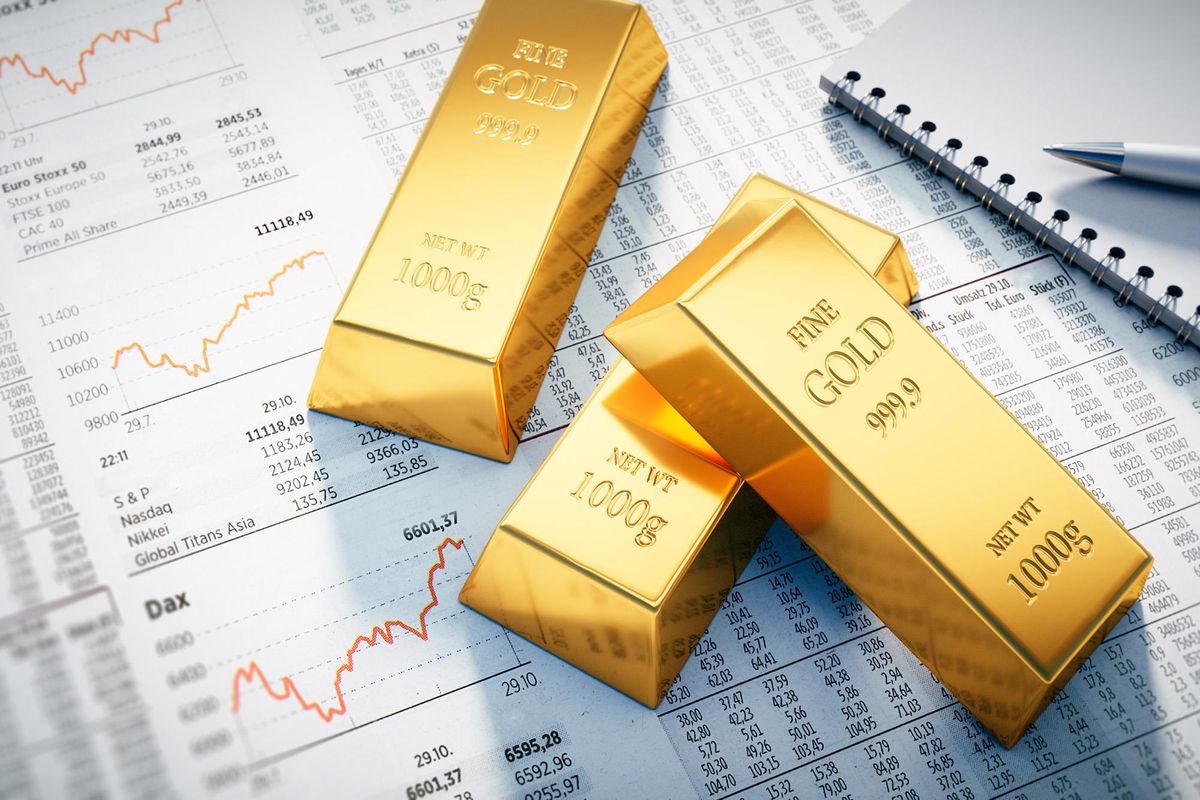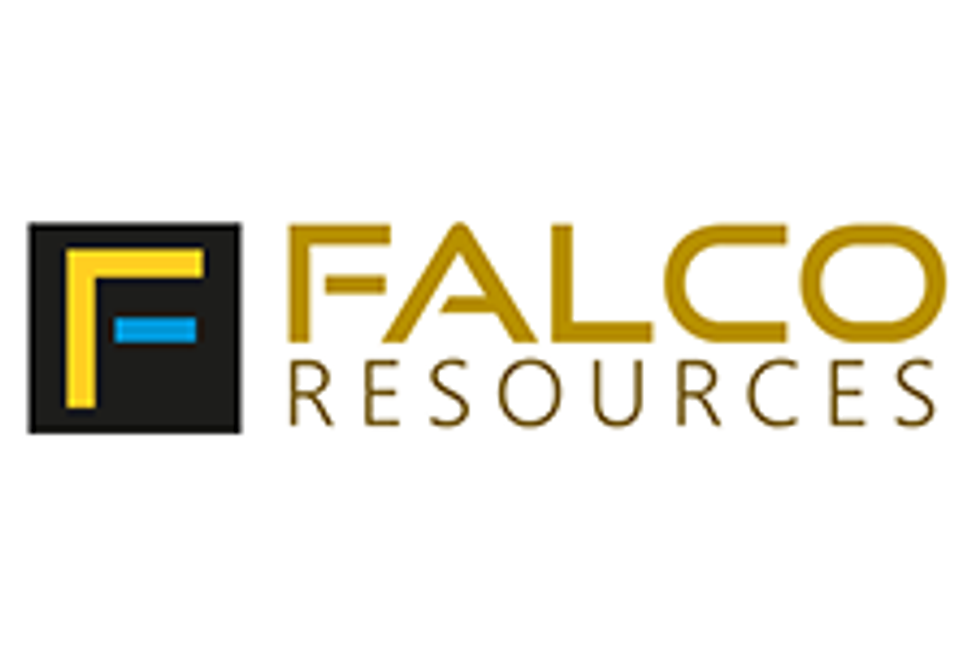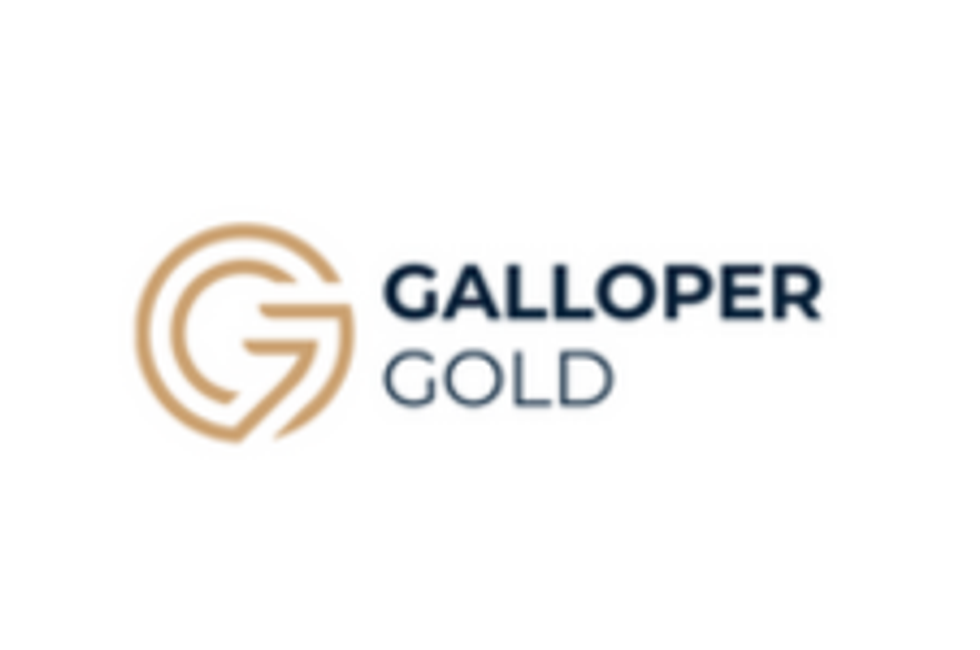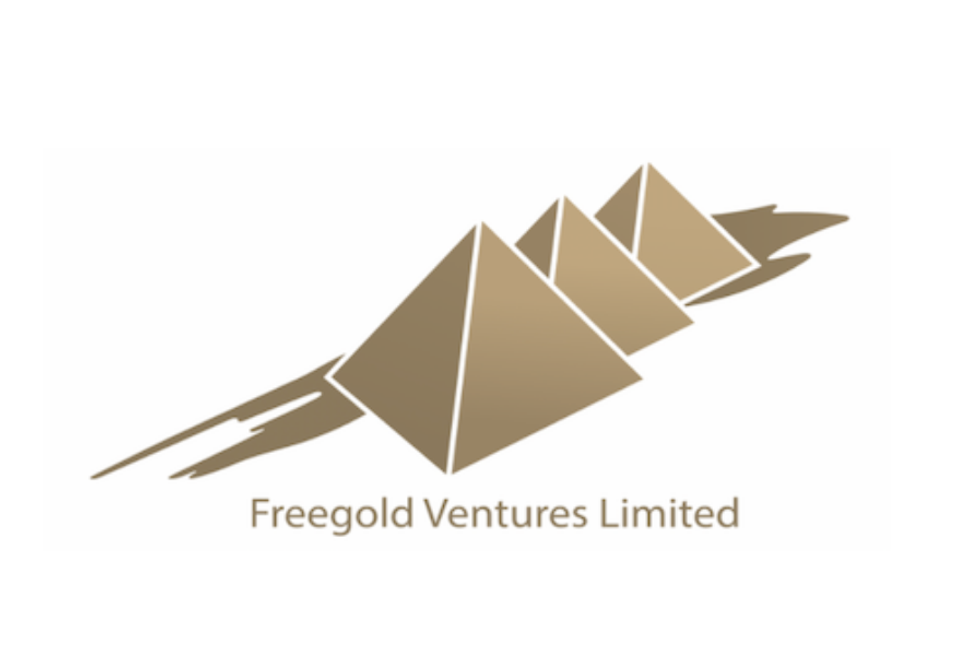- WORLD EDITIONAustraliaNorth AmericaWorld
Investing News NetworkYour trusted source for investing success
- Lithium Outlook
- Oil and Gas Outlook
- Gold Outlook Report
- Uranium Outlook
- Rare Earths Outlook
- All Outlook Reports
- Top Generative AI Stocks
- Top EV Stocks
- Biggest AI Companies
- Biggest Blockchain Stocks
- Biggest Cryptocurrency-mining Stocks
- Biggest Cybersecurity Companies
- Biggest Robotics Companies
- Biggest Social Media Companies
- Biggest Technology ETFs
- Artificial Intellgience ETFs
- Robotics ETFs
- Canadian Cryptocurrency ETFs
- Artificial Intelligence Outlook
- EV Outlook
- Cleantech Outlook
- Crypto Outlook
- Tech Outlook
- All Market Outlook Reports
- Cannabis Weekly Round-Up
- Top Alzheimer's Treatment Stocks
- Top Biotech Stocks
- Top Plant-based Food Stocks
- Biggest Cannabis Stocks
- Biggest Pharma Stocks
- Longevity Stocks to Watch
- Psychedelics Stocks to Watch
- Top Cobalt Stocks
- Small Biotech ETFs to Watch
- Top Life Science ETFs
- Biggest Pharmaceutical ETFs
- Life Science Outlook
- Biotech Outlook
- Cannabis Outlook
- Pharma Outlook
- Psychedelics Outlook
- All Market Outlook Reports
Top 5 ASX Gold Stocks of 2024
Here's a look at the top-performing gold stocks on the ASX by year--to-date gains.

Inflation and high interest rates continue to impact the mining sector in Australia, but near record gold prices are attracting a lot of attention at the start of the 2024.
At its first meeting for 2024, which was held on February 6, the Australian Reserve Bank held its interest rates steady at a 12 year high with a cash rate target of 4.35 percent and interest rates paid on exchange settlement balances at 4.25 percent. According to the central bank’s data the inflation rate was continuing to ease but was still high, sitting at 4.1 percent for the quarter ended in December.
In its statement the Reserve Bank indicated there were positive signs but the board remained uncertain of the overall economic outlook. The bank expects inflation to return to its target range of 2 percent to 3 percent in 2025.
This echoes central bank talking points from other G7 nations as inflation cools at a slower pace than expected, pushing back the timeline on interest rate cuts.
Meanwhile, gold markets have remained resilient, with support from bulk purchases by central banks and geopolitical uncertainty due to the ongoing conflicts between Russia and Ukraine as well as Israel and Hamas.
How have ASX-listed gold stocks performed against that backdrop? Here's a look at the five top performers so far in 2024. Data was gathered on February 12, 2024, using TradingView's stock screener, and all companies had market caps of at least AU$50 million at that time. Read on to learn what's been moving their share prices.
1. Santana Minerals (ASX:SMI)
Year-to-date gain: 28.71 percent; market cap: AU$248.96 million; current share price: AU$1.30
Santana Minerals is a gold exploration company focused on its flagship Bendigo-Ophir project located in the Central Otago goldfields of New Zealand. The 251 square kilometre project is situated 90 kilometres northwest of Oceana Gold’s (TSX:OGC,OTCQX:OCANF) Macraes gold mine, which has produced more than 5 million ounces of gold since 1990.
An updated mineral resource estimate (MRE) for Bendigo-Ophir was released in February 2023, which reported an increase at its Rise and Shine deposit from 1.68 million ounces to 2.66 million ounces in the indicated and inferred categories, with a grade of 2.5 grams per tonne (g/t) gold, using a 0.25 g/t cut off.
Santana released the results from its final 14 holes of its infill drilling program at the Rise and Shine deposit on January 24, reporting more strong results with a highlighted intercept of 4.3 g/t gold over 28.2 meters. The company said with these last holes being completed it will now work to produce a new MRE for Bendigo-Ophir, and it expects to upgrade a sizable portion of the inferred category to indicated resources. Once that happens, Santana will be able to begin open pit optimization studies.
2. Theta Gold Mines (ASX:TGM)
Year-to-date gain: 16.67 percent; market cap: AU$99.62 million; current share price: AU$0.14
Theta Gold (ASX:TGM) is an Australian gold development and exploration company with operations focused on the Eastern Transvaal gold fields northeast of Johannesburg, South Africa. Its core project is a 74 percent stake in the Transvaal Gold Mining Estate (TGME), South Africa’s first mining company; the minority 26 percent stake is owned by Black Economic Empowerment, which includes a group of local community and employee trusts along with a strategic partner. The TGME gold mine site hosts four planned mines.
Theta's share price jumped in July 2023 following a AU$5 million private placement with Hong Kong Huihua Investment Management to fund its project. That month the company also announced drill and blast operations had begun at the site following the commencement of a 3,000 tonne bulk sampling program that was to be delivered to the Barberton gold plant, owned by Pan African Resources (LSE:PAF,OTCQX:PAFRF), unlocking an early cash flow opportunity for the mine.
In its 2023 annual report released on September 29, Theta said it expects the mine to produce 1.24 million ounces over a 12.9 year lifespan, with production to begin during the 2024 calendar year. The company also said it has received the necessary environmental and water use permits.
Theta announced on February 14 that it had selected Yellow River, a subsidiary of the Power Construction Corporation of China (SHA:601669), as its preferred partner to build the first stage of the mining facility at the TGME gold plant. The two companies are now working on the contract, which it anticipates will be finalized in Q2.
When the facility is complete, it will have an estimated 45,000 tonne per month run-of-mine capacity. Theta said the construction period will be significantly shorter than the 18 months outlined in the definitive feasibility study. The company also stated that it has early cashflow opportunities from surrounding tailings and oxidized ore from previous operations which will help fund the contract. Shares in Theta jumped from AU$0.09 to AU$0.13 prior to a halt in trading leading up to the announcement.
3. Challenger Gold (ASX:CEL)
Year-to-date gain: 6.76 percent; market cap: AU$95.85 million; current share price: AU$0.08
Challenger Gold is a gold and copper exploration and development company focused on several assets in South America, with its primary gold properties being the Hualilan gold project in San Juan, Argentina, and the El Guayabo gold project in El Oro, Ecuador.
To date, Challenger has drilled 900 holes at its 235 square kilometre Hualilan project. According to its March 2023 MRE, the site hosts indicated and inferred resources of 2.8 million ounces of gold equivalent with estimated recoveries of 95 percent gold, 91 percent silver, 67 percent zinc and 58 percent lead.
The company also released an MRE for its El Guayabo gold project last year. The initial inferred resource came in at 4.5 million ounces of gold equivalent and was based on data from two of the site’s seven contiguous tenements.
Shares in Challenger have seen gains since January 31, when it released its quarterly report for the period ending December 31, 2023. The company noted it had completed a scoping study for Hualilan during the quarter, and the results indicate it would require low startup capital.
It also concluded that a mine at the site could reach annual production of 116,000 ounces of gold, 440,000 ounces of silver and 9,175 tonnes of zinc over an initial mine life of seven years and an EBITDA of AU$738 million during that time.
4. Tietto Minerals (ASX:TIE)
Year-to-date gain: 2.48 percent; market cap: AU$694.88 million; current share price: AU$0.62
Tietto Minerals is a gold producer with operations in Western Côte d’Ivoire.
The company’s sole asset is the Abujar gold mine, which began commercial production in 2023, with the first gold poured in January of that year. The most recent MRE from April 2023 reported the mine currently sits upon 3.83 million ounces of gold. In the announcement Managing Director Dr. Caigen Wang said Tietto continues to unlock potential at the site, and at the time less than 10 percent of the gold system had been explored.
In October 2023, the company released a life of mine plan that indicated, based on resource estimates, the mine would operate for nine years with an annual production of 170,000 ounces of gold.
On November 2, 2023, the company announced it had received an unsolicited takeover offer from Zhaojin Capital, a subsidiary of Zhaojin Mining Industry (OTC Pink:ZHAOF,HKEX:1818). Zhaojin currently owns a 7 percent stake in Tietto and made the offer for the remaining 93 percent of the company for AU$0.58 per share.
Tietto urged shareholders to reject the offer, saying it was opportunistically timed and materially undervalued the company, because its share price has not yet reflected the improving performance of its Abujar mine of 2023 and the company is still finalizing its definitive feasibility study for a second mine, which will be completed in early 2024.
In the most recent release from Tietto on February 1, 2024, the company provided an amended letter from Zhaojin indicating the offer period had been extended to March 8, 2024, but the price per share was still being held at AU$0.58. On its website Tietto continues to urge shareholders to reject the offer.
5. Tribune Resources (ASX:TBR)
Year-to-date gain: 1.69 percent; market cap: AU$157.4 million; current share price: AU$3.00
Tribune Resources is a gold exploration and production company with exploration assets in Ghana and the Philippines and a stake in mining operations in Australia.
Tribune’s primary focus has been on the East Kundana Joint Venture, which includes two underground mines: Raleigh and Rubicon-Hornet-Pegasus. Tribune owns 36.75 percent of East Kundana alongside its partners Gilt Edge Mining, a subsidiary of Northern Star Resources (ASX:NST,OTC Pink:NESRF), at 51 percent, and Rand Mining (ASX:RND), which owns the remaining 12.25 percent. The joint venture partners are also further exploring and developing East Kundana.
The company also has two wholly owned exploration projects. The Japa gold project is located in Western Ghana's Akropong Belt, an offshoot of the Ashanti Belt, and hosts indicated and inferred resources totaling 1.81 million ounces of gold.
Tribune’s other exploration project is the Diwalwal gold project located 120 kilometres northeast of Davao City, Philippines. The site consists of several targets, including the Balite and Buenas Tinago veins, which have seen previous small-scale mining and host numerous access tunnels. The company has worked to refurbish these while exploring other targets.
Shares in Tribune have seen modest gains in 2024 following the release on January 31 of the company’s report for the quarter ending in December 2023. In the announcement it said its share of gold produced from East Kundana was 3,488 ounces for the quarter. The company also discussed ongoing work at the main vein at Raleigh, including resource definition drilling, which was completed during the quarter.
The company also announced it was initiating a share buy back that would see Tribune purchase 5,246,807 shares between February 21, 2024, and February 20, 2025. This represents 10 percent of total shares.
FAQs for ASX gold stocks
How to invest in gold on the ASX?
As Australia is a top gold-mining jurisdiction and the country's government is supportive of mining, there are plenty of options for investing in gold on the ASX. Between gold miners operating major projects and gold explorers hunting for the next significant gold discovery, investors can choose what kind of company matches their risk appetite and portfolio.
When looking for a gold company to invest in, be sure to do your due diligence and learn about the company's key characteristics, including its leadership team, its finances and the geology of its projects.
How to buy gold on the ASX?
Once you’ve selected a company or multiple companies to invest in, you can buy gold stocks using trading apps with access to ASX stocks, or you can get the help of a stock broker.
How to buy gold ETFs on the ASX?
For investors who prefer broader exposure to a sector, exchange-traded funds (ETFs) are a good option, and the ASX is home to multiple gold-focused ETFs. Because they are traded on exchanges like stocks, you can buy ETFs using the same methods described above. ASX-listed gold ETFs to consider include:
- ETFS Physical Gold (ASX:GOLD), which promises "low-cost access to physical gold via the stock exchange" and can be redeemed for physical gold.
- Perth Mint Gold (ASX:PMGOLD), which tracks the international price of physical gold.
- BetaShares Gold Bullion (ASX:QAU), which also tracks the physical bullion price.
Don’t forget to follow us @INN_Australia for real-time updates!
Securities Disclosure: I, Dean Belder, hold no direct investment interest in any company mentioned in this article.
Dean has been writing in one form or another since penning stage plays in his youth. He is a graduate of both Emily Carr University and Simon Fraser University, with a BFA in photography and a BA in communications.
As a writer, Dean has traveled throughout BC and the Pacific Northwest covering cultural events, interviewing small business owners and working alongside fellow writers and photographers from publications like Rolling Stone Magazine, Spin and the Georgia Straight.
Dean has a keen interest in investing, and enjoys learning about the mining industry and better understanding the technical aspects of trading. In his spare time, Dean is an avid home chef, ponders the space-time continuum and makes his own cider. On weekends he can be found cycling the Seawall, exploring farmers markets or sampling the city’s local craft breweries.
Outlook Reports
Featured Gold Investing Stocks
Browse Companies
MARKETS
COMMODITIES
| Commodities | |||
|---|---|---|---|
| Gold | 2337.93 | +0.46 | |
| Silver | 27.18 | +0.02 | |
| Copper | 4.59 | +0.05 | |
| Oil | 83.66 | +0.09 | |
| Heating Oil | 2.56 | 0.00 | |
| Natural Gas | 1.92 | +0.28 | |
Investing News Network websites or approved third-party tools use cookies. Please refer to the cookie policy for collected data, privacy and GDPR compliance. By continuing to browse the site, you agree to our use of cookies.
Dean has been writing in one form or another since penning stage plays in his youth. He is a graduate of both Emily Carr University and Simon Fraser University, with a BFA in photography and a BA in communications.
As a writer, Dean has traveled throughout BC and the Pacific Northwest covering cultural events, interviewing small business owners and working alongside fellow writers and photographers from publications like Rolling Stone Magazine, Spin and the Georgia Straight.
Dean has a keen interest in investing, and enjoys learning about the mining industry and better understanding the technical aspects of trading. In his spare time, Dean is an avid home chef, ponders the space-time continuum and makes his own cider. On weekends he can be found cycling the Seawall, exploring farmers markets or sampling the city’s local craft breweries.
Learn about our editorial policies.






